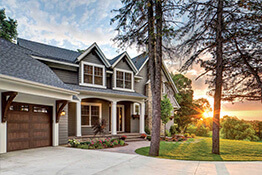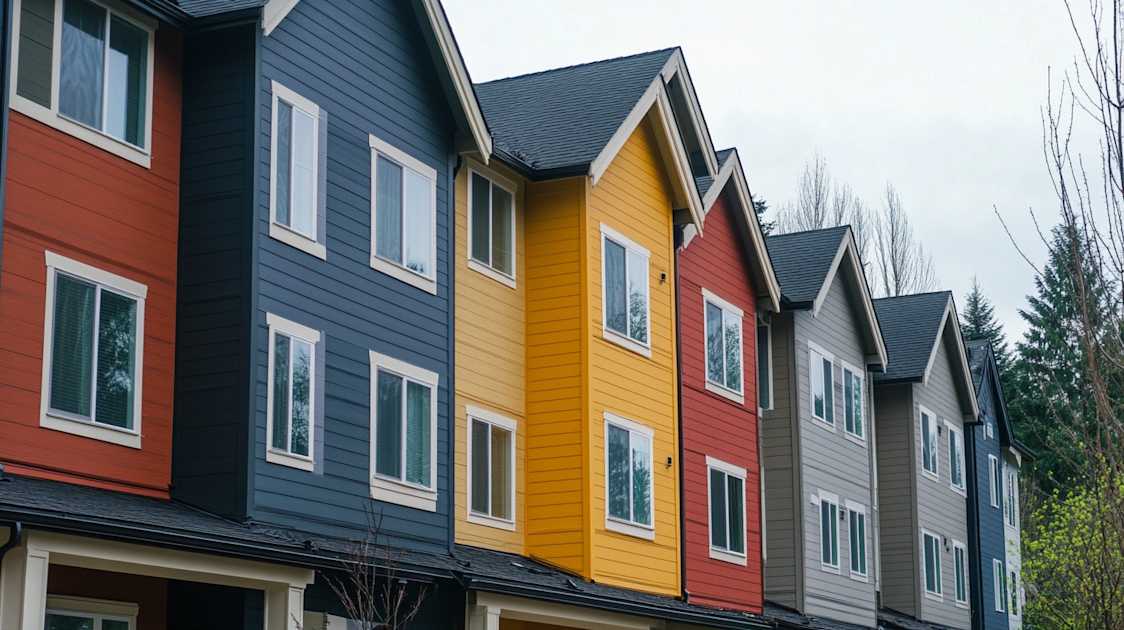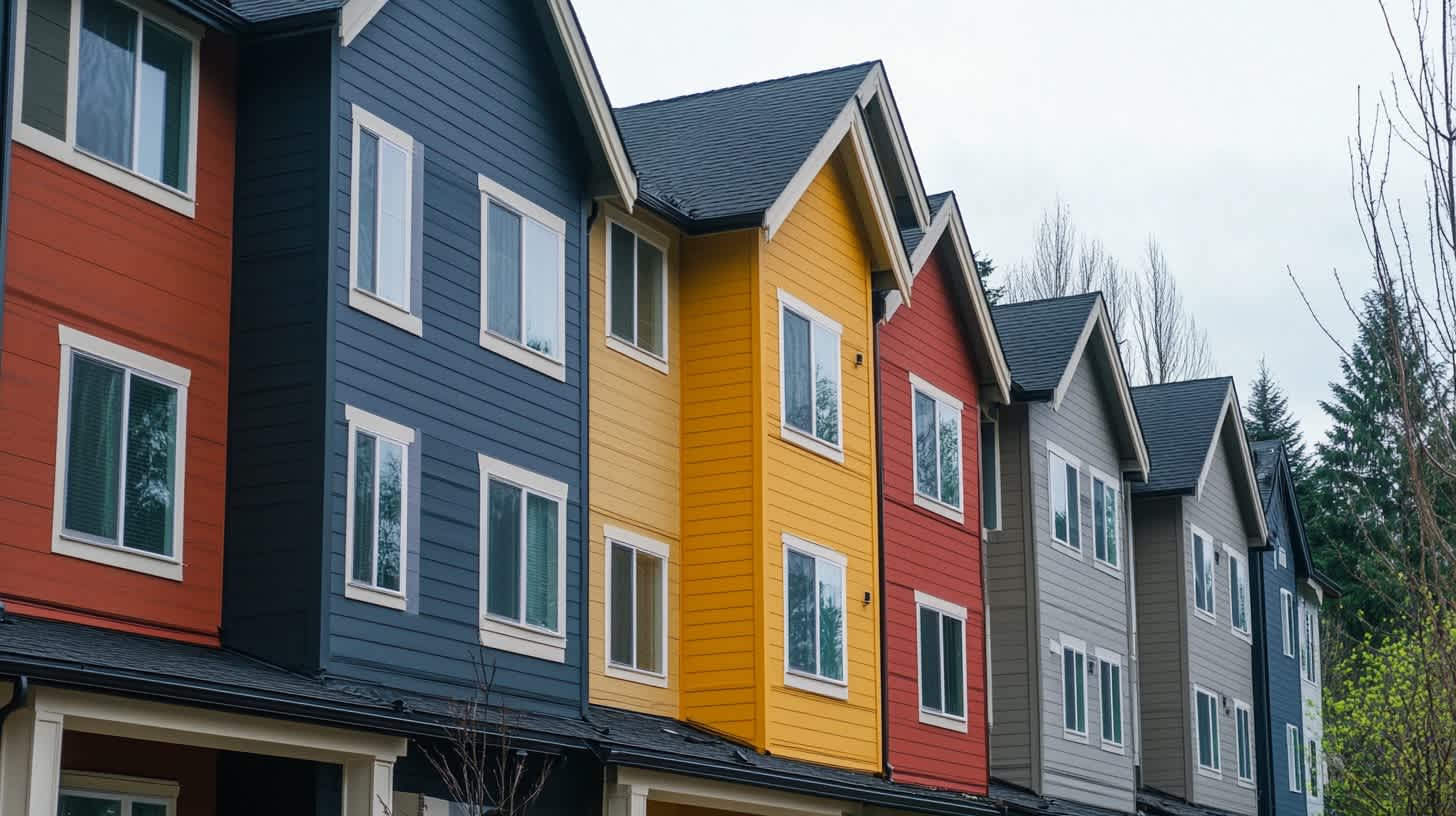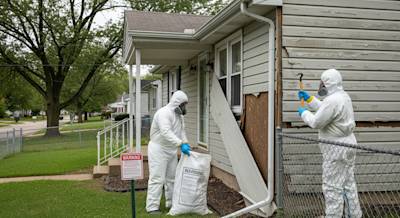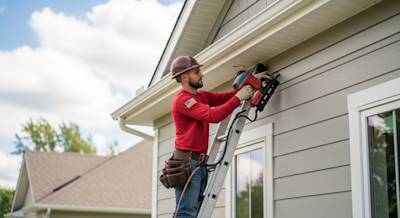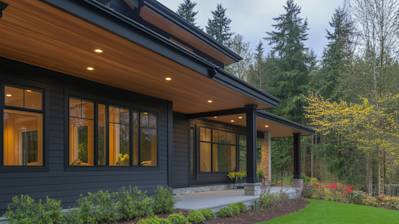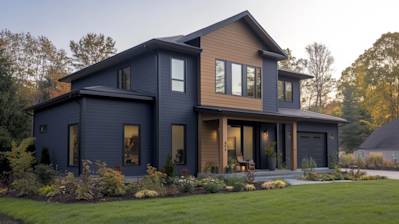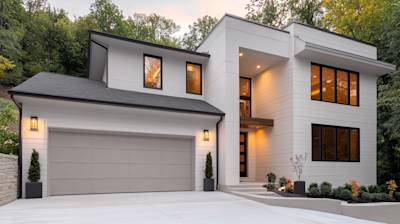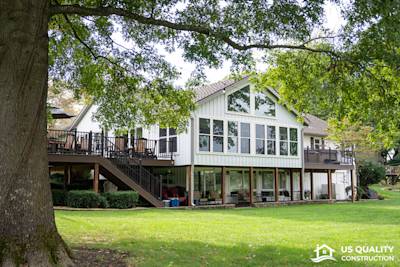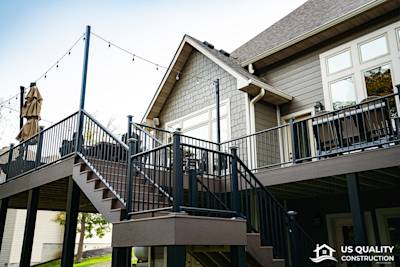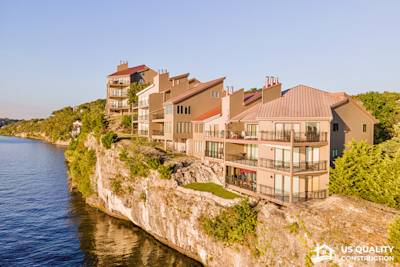In recent years, the popularity of multi-family siding has witnessed a noticeable surge. This mounting interest can be linked not just to the aesthetics that siding offers but also other numerous factors including durability, energy efficiency, and low maintenance demand. For those contemplating this durable choice of exterior finish for multi-family residences, this guide offers an extensive dive into multi-family siding and why it is a favored choice.
The Basic Concept of Multi-Family Siding
Multi-family siding refers to the broad array of exterior finishes that are fitted on the exteriors of multi-family residences such as apartment buildings, duplexes, townhouses, and condominiums. Entailing quality materials like vinyl, aluminum, fiber cement, wood and more, these sidings not only offer a more appealing façade for your property but also provide protection against harsh weather conditions and ensure better thermal regulation.
Notable Areas of Benefit
Enhance Aesthetic Appeal
The visual impact created by multi-family siding cannot be overstressed. The available range of colors, styles, and textures provides endless opportunities to create unique and eye-catching exteriors for each property.
Functional Protection
Besides beauty, siding is designed to perform effectively against extreme weather. It acts as a barrier against rain, snow, wind, and scorching heat, preserving your property's structural integrity.
Energy Efficiency
Additionally, multi-family sidings contribute to energy efficiency. They establish a thermal envelope around the building, maintaining a consistent internal temperature and reducing the need for heavy reliance on heating or cooling systems.
Different Types of Multi-Family Siding Materials
Vinyl Siding
Vinyl siding is a top-rated choice in multi-family sidings. It comes in a variety of colors and styles, and also offers excellent durability and low-maintenance.
Fiber Cement Siding
Fiber cement siding consists of a robust mix of cellulose fiber, sand, and cement. It displays commendable durability, resists termites and rotting and is also fire-resistant.
Wood Siding
Wood siding creates a rustic, natural look that is difficult to imitate. It's a good insulator, but requires more maintenance to protect against insects and dampness.
Aluminum Siding
Aluminum siding is a low-cost, low-maintenance solution. It is lightweight, making it quick and easy to install.
Installation Considerations
When considering multi-family siding, property owners need to factor in the installation process. It requires the skilled hand of a professional team, to ensure accuracy and prevent possible damages or issues down the line. A professional team will guarantee a clean, efficient, and quick installation.
Multi-Family Siding Maintenance
The upkeep for multi-family siding varies with the selected material. However, most types require only an annual inspection and a wash to remove dirt and mildew. Timely maintenance checks can help identify potential issues early, preventing costly repairs in the future.
Frequently Asked Questions about Multi-family Siding
Why is Multi-Family Siding Important?
Apart from enhancing the aesthetics of a multi-residential building, multi-family siding plays a critical role in protecting the building structure from damage caused by weather elements. Moreover, it offers extra insulation to the building, resulting in reduced energy costs. An added advantage of multi-family siding is its capability to soundproof each housing unit, offering occupants a comfortable living environment.
What Material Options are There for Multi-Family Siding?
There are various materials available for multi-family siding. Here are a few popular ones:
Vinyl Siding: This is typically a budget-friendly and low-maintenance option, coming in a variety of colors and styles.
Wood Siding: Though requiring regular maintenance, wood siding offers a unique and timeless aesthetic appeal.
Fiber Cement Siding: This option offers durability, fire-resistance, and versatility in textures and colors.
Metal Siding: Often used for contemporary designs, metal siding is durable and requires minimal maintenance.
Brick or Stone Siding: These provide perfect sturdiness and a classic appeal, though they tend to be higher on the price scale.
How is Multi-Family Siding Installed?
The installation of multi-family siding is a process best left to professional installers due to the scope of the project and need for precise accuracy. The process usually involves initial preparation of the building's exterior, including removing any existing siding and addressing any structural repairs. Then, a weather-resistant barrier is applied before the actual installation of siding commences. The process concludes with inspections and possible touch-ups.
How Long Does Multi-Family Siding Last?
The lifespan of multi-family siding hinges primarily on the type of material used and the regularity of maintenance. For instance, vinyl siding can last upwards of 20-40 years depending on weather conditions and maintenance, while fiber cement siding can last over 50 years with proper maintenance.
Is Multi-Family Siding a Good Investment?
Absolutely! Investing in multi-family siding can help not only to minimize future repair costs but also to reduce energy expenses by acting as additional insulation. Furthermore, should you decide to sell the building, a well-maintained, aesthetically appealing siding can significantly boost the property value.
What is the Maintenance Procedure for Multi-Family Siding?
The maintenance procedure for multi-family siding largely depends on the type of material used. Some siding materials like vinyl and metal need only occasional cleaning with a mild detergent and water. Wood siding, on the other hand, may require treatments to guard against pests and rot, paint touch-ups, and frequent inspections for potential issues. Preventative maintenance is key to prolonging the lifespan of any multi-family siding.
Can Damaged Multi-Family Siding be Repaired?
Yes, damaged multi-family siding can indeed be repaired. The extent and type of damage determine the approach to repair. Minor damage like chips and cracks can often be fixed easily without requiring a total siding replacement. However, if a significant section of the siding is damaged or if underlying issues like mold and rot are detected, a professional consultation might be necessary to assess whether a total siding replacement is warranted.
Pros and Cons of Multi-family Siding
When planning a multi-family housing project or considering a significant outdoor renovation, selecting the right exterior material is crucial. One of the popular choices is multi-family siding. Here, we'll delve into a detailed discussion on its pros and cons, ensuring you're equipped with the necessary knowledge to make an informed decision.
Pros of Multi-Family Siding
Affordability
- Being available in a wide variety of materials like vinyl, wood, fiber cement, or metal, multi-family siding comes in a broad range of price points, making it suitable for all budgets. For instance, vinyl siding, a popular choice, is known for its affordability compared to other options like brick or stone.
Versatility
- Multi-family siding is laudable for its versatility. The numerous styles, colors, and finishes mean there is a fit for whatever aesthetic the designer has in mind. Therefore, it allows a degree of flexibility in matching the housing exterior with the neighborhood's architectural style.
Easy Maintenance
- Many types of multi-family siding come with easy maintenance instructions. Vinyl siding, for instance, only requires regular cleaning with soap and water. Some sidings are also designed to resist pests and decay, further reducing upkeep efforts.
Energy Efficiency
- Insulated multi-family siding can provide an additional layer of protection against heat loss, increasing the property's overall energy efficiency. This feature can lead to noticeable savings in heating and cooling costs, which is particularly beneficial for tenants.
Cons of Multi-Family Siding
Installation Costs
- While some inexpensive options might look attractive, the cost of installing multi-family siding can be substantial. Moreover, factors such as the type of material, the need for customized features, and the labor costs can add to the overall installation expense.
Durability
- Not all types of multi-family siding are created equally when it comes to durability. Some materials, like vinyl, can crack in extreme cold or fade after prolonged exposure to sunlight. Fiber cement siding, on the other hand, is highly durable but comes at a higher price point.
Noise Transmission
- Certain types of multi-family siding like vinyl do not provide excellent sound insulation. This could potentially lead to increased noise transmission between units within the same building, which can be a downside for residents seeking a quiet living environment.
Maintenance Requirements
- Some multi-family siding materials may require more maintenance efforts than others. For instance, wooden siding needs regular painting or staining to prevent decay, while steel siding may rust over time without proper care.
Conclusion
Multi-family siding offers a wealth of benefits, including affordability, flexibility in design, easy maintenance, and energy efficiency. However, it's not without its drawbacks. High-installation costs, potential durability issues, increased noise transmission, and varying maintenance requirements are things to carefully consider before opting for multi-family siding. When making your choice, it's essential to weigh these factors against the unique requirements and preferences of your project.
Summary
Looking at the trends and increasing demand, it's clear that multi-family siding options have come a long way. They're no longer just about practicality and protecting our homes from the elements - they're about aesthetics, durability, and even sustainability. With so many decadent options to choose from, like seamless steel, fiber cement, natural stone and more, choosing the perfect siding for a multi-family home has become an art.
With durability at the top of the priority list, multi-family siding manufacturers are continuously innovating and improving. Using technology and science, they develop materials that can withstand harsh weather conditions, provide excellent insulation, and still manage to look good. Staying ahead of the curve, they're introducing new colors, finishes, and textures to boost the curb appeal and value of the properties.
When it comes to selecting multi-family siding, the possibilities are endless irrespective of budget and style requirements. Whether it’s a traditional family home or a modern high-rise, there's something for every taste and need. So, homeowners and property developers alike can rest easy knowing that there’s a siding solution out there to ensure their building not only stands up to mother nature, but also stands out from the crowd.
About US Quality Construction
US Quality Construction is your trusted go-to construction company based in the heart of Kansas City, Missouri. We're proud to be offering top-tier residential and commercial construction services since our foundation. Rooted in the principle of delivering nothing less than quality, we've crafted an enviable reputation among the locals through our commitment to superior craftsmanship, professional integrity, and exceptional customer service. Whether it's a small home renovation or a large-scale commercial project, the US Quality Construction team is passionate about transforming your vision into reality. So, when you think of construction in KC, think US Quality Construction - your partner in building dreams.
Tags: residential, exterior, renovation,
